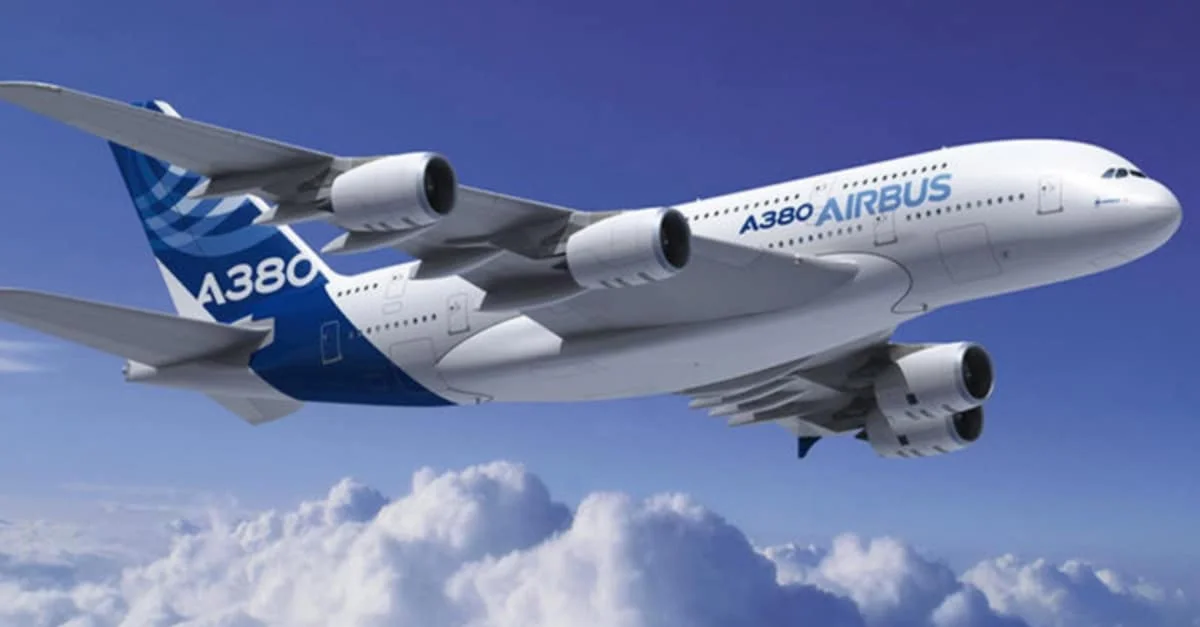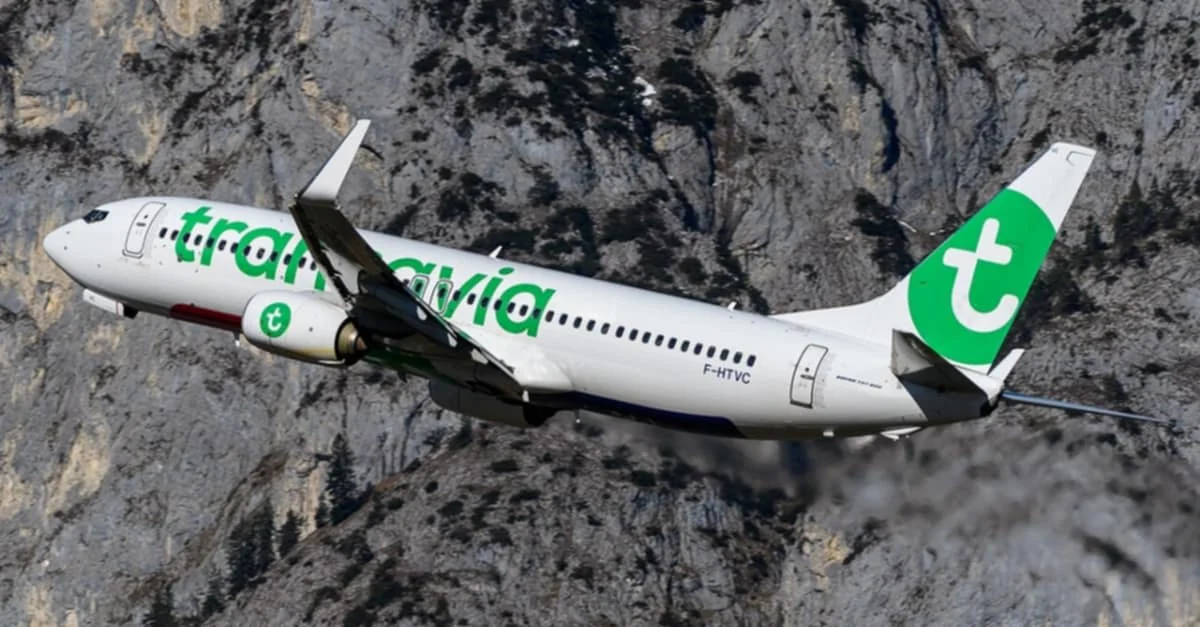The US Navy is advancing its efforts to integrate unmanned aerial vehicles (UAVs) into aircraft carrier operations, marking a significant shift in naval aviation. This development follows years of research and trials with platforms such as the X-47B, MQ-25 Stingray, and XQ-58 Valkyrie.
Northrop Grumman's X-47B was a pioneering drone that demonstrated full autonomy during takeoff and landing on a carrier flight deck. It also successfully refueled a manned F/A-18 Super Hornet mid-air. Despite its success, the X-47B was retired after sea trials. "The X-47B’s is capable of autonomously executing complex maneuvers, with no need for human intervention unless desired," noted the developers.
Meanwhile, Boeing's MQ-25 Stingray addresses the strategic need for an unmanned aerial refueling platform within the carrier air wing. In 2021, it successfully refueled an F/A-18 Super Hornet. The MQ-25 aims to support manned aircraft by freeing them from refueling duties and improving overall operational efficiency. "The MQ-25 is intended to support the manned aircraft of the carrier air wing and reduce the burden on pilots and aircrew," stated Boeing.
 Alerts Sign-up
Alerts Sign-up










